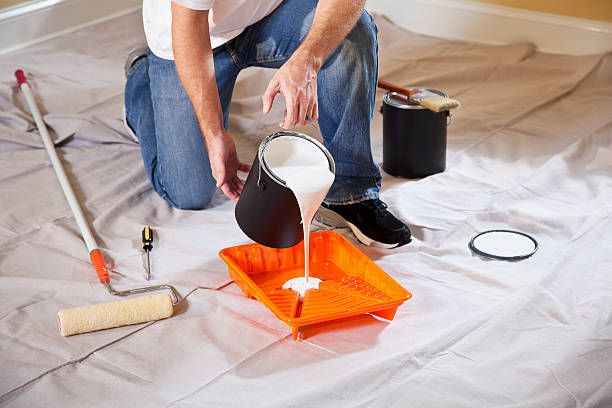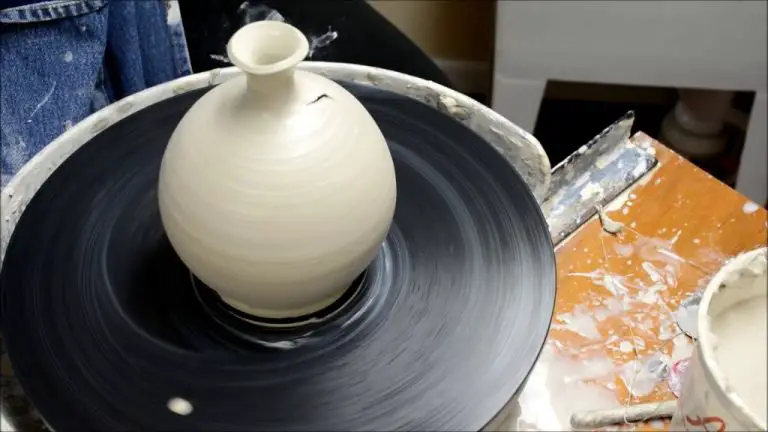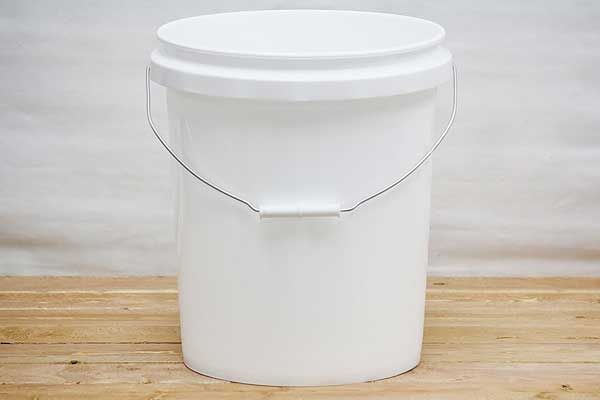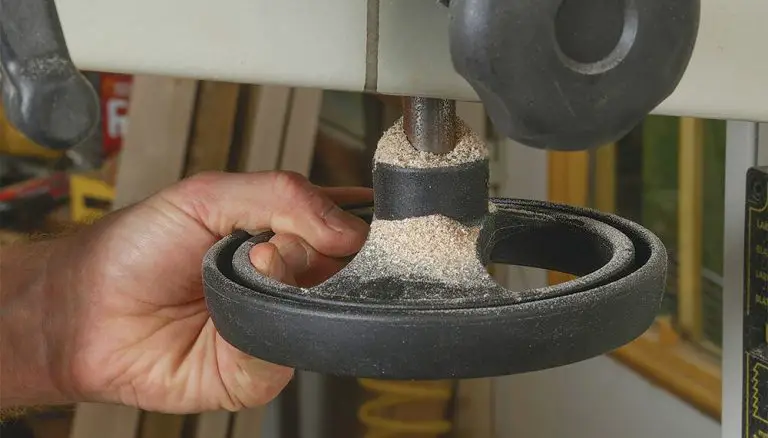How Do You Smooth Polymer Clay Before Baking?
Polymer clay smoothing is the process of creating a smooth, even surface on polymer clay before baking. Polymer clay is a type of modeling clay that cures and hardens when baked in a regular oven. It is a popular material for crafters and artists to create jewelry, figurines, decorative pieces, and more.
When working with polymer clay, fingerprints, indentations, dust, and uneven surfaces can easily form on the clay. Smoothing helps create a flawless finish by removing these imperfections. It also blends together the different colors and textures of clay when multiple pieces are joined.
Proper smoothing is essential for achieving professional results with polymer clay artwork. The techniques allow crafters to create smooth, seamless joins and flowing curves free of fingerprints. It gives polymer clay pieces a polished look. In this article, we’ll explore when and how to smooth polymer clay before baking.
Reasons to Smooth Clay
One of the main reasons to smooth polymer clay before baking is that it greatly improves the texture and finish of your creations. Polymer clay often has a grainy, uneven surface right out of the package. Smoothing helps remove any fingerprints, bumps, cracks, or imperfections, resulting in a flawless exterior. Properly smoothing the clay gives it a uniform, sleek appearance and enables finer details. It also enhances the vibrancy of any applied colors. Many polymer clay projects rely on smooth, refined finishes to showcase patterns and designs. Smoothing transforms rough clay into a professional-looking art piece.
When to Smooth Clay
The best time to smooth polymer clay is before adding detail work and before baking. At this stage, the clay is still soft and pliable enough to smooth out any fingerprints, imperfections, or uneven textures. Once the clay has been conditioned and shaped into the desired form, take some time to smooth the surface before proceeding with adding finer details and textures.
Smoothing at this stage gives you a clean, even canvas to work on for the detailing stage. It also ensures the clay will have a uniform surface texture when baked. If you add intricate patterns or textures without smoothing first, they may end up uneven once baked due to underlying fingerprints or roughness in the clay.
So for the best results, always remember to do any final smoothing of the raw clay before you begin adding smaller details and textures. This will provide the perfect base to build up your detailed polymer clay design.
Smoothing Techniques
There are several effective techniques for smoothing polymer clay before baking:
Using Your Fingers
One of the easiest and most effective smoothing techniques is to use your fingers. The warmth and moisture from your hands will help soften the clay. Gently rub the surface of the clay in a circular motion to blend and smooth imperfections. Be careful not to over-handle the clay, as this can cause unintended changes to the shape.
Using a Palette Knife
Palette knives are affordable tools that work great for smoothing polymer clay. Use the rounded side of the knife in a scraping motion to gently scrape and blend the clay surface. This helps remove texture and create a perfectly smooth finish.
Sanding
Lightly sanding polymer clay with fine grit sandpaper can help smooth away small imperfections. Use a very high grit wet/dry sandpaper (400+ grit) and be sure to sand evenly across the entire surface to blend. Take care not to over-sand, as this can unintentionally alter the shape.
Liquid Smoothing Agents
There are specialty liquid smoothing products likepolymer clay finishing serum that can be brushed over the surface to help create an ultra-smooth finish. Diluted isopropyl alcohol or cornstarch mixed with water can also be used. Apply a thin layer and let dry fully before baking.
Using Your Fingers
One of the easiest and most effective ways to smooth polymer clay is by using your fingers. The warmth and pressure from your hands helps soften the clay, making it pliable and easy to manipulate into a smooth surface.
Start by warming up the clay by kneading it between your fingers and palms. This helps soften it and makes smoothing much easier. Knead the clay thoroughly until it is soft, pliable, and free of creases or cracks. Pay extra attention to any areas that feel stiff or lumpy.
Once the clay is warm and supple, you can begin smoothing. Use your fingers and palms to gently roll and compress the clay, flattening any fingerprints, creases, or uneven areas in the surface. Apply even, firm pressure as you smooth to create a flawless finish.
You can also use a technique called “burnishing” where you briskly rub the surface of the clay with your fingers or palm. This polishes the clay and creates a nice sheen. Just take care not to overdo it, as too much burnishing can distort the shape.
With practice, you’ll be able to achieve a smooth, professional look using just your hands. It’s an easy, portable way to finish polymer clay no matter where you’re working.
Using a Palette Knife
A palette knife is a handy tool for smoothing out large areas as well as small imperfections in polymer clay. The flat metal blade allows you to apply even pressure across the clay surfaces. Use a slightly flatter surface or bottom side of the palette knife to smooth out large flat sections.
You can then flip the palette knife over to use the more pointed tip for getting into hard to reach areas. Scrape it across rough sections of clay at different angles to smooth and fold in the uneven areas. Work carefully to avoid removing too much material or tearing the clay surface.
Roll out the palette knife into edges or dips to round shapes and create smooth contours across the polymer clay features. Test out different pressure levels and strokes to determine what works best for that particular brand and blend of clay.
Sanding
Sanding is another effective way to smooth the surface of polymer clay before baking. Lightly rubbing the surface with a piece of fine grit sandpaper helps eliminate any imperfections, fingerprints, or uneven textures.
Liquid Smoothing Agents
Two common types of liquid smoothing agents are alcohol and diluted cornstarch solutions. Rubbing alcohol, diluted with water, helps smooth and flatten exposed clay work surfaces before baking. Lightly dip a soft brush or cotton swab into the alcohol solution and gently wipe over areas needing smoothing. Alcohol evaporates quickly leaving a smooth clay surface.
Diluted cornstarch solutions can also be brushed over clay to smooth and eliminate small cracks or scratches. Mix water and cornstarch to form a white liquid slightly thinner than glue. Test on a clay scrap first since too much cornstarch or humidity can inhibit curing and cause stickiness. Dip a soft brush into the cornstarch mix and gently remove excess liquid before lightly applying an even coat to the clay areas requiring smoothing. Allow the cornstarch coating to dry before baking or handling further.
Baking
The key thing to remember when baking polymer clay is – follow the manufacturer instructions carefully. They will specify the proper temperature to bake the clay at and how long it should bake to ensure it will be fully cured and durable after cooling.
As a rule of thumb, bake polymer clay for 15-20 minutes per 1/4 inch (6mm) of thickness at temperatures between 257°F and 275°F (125°C and 135°C). This will ensure the clay reaches the proper curing temperature all the way through.
Ignore the instructions and baking improperly can lead to undercured pieces that remain tacky, break and crumble easily, or have a dull finish.
To get the best results, bake clay only for the recommended time – overbaking can cause burns or discoloration.
Achieving Best Results
Practice is key for smoothing polymer clay effectively. When first starting out, take scrap pieces of clay and experiment with different techniques to get a feel for what works best. Try smoothing the clay aggressively versus gently. Use varying amounts of pressure with tools. See how the clay responds to repeated smoothing motions. Tracking your efforts will help identify your personal preferences and style.
Experiment with multiple types of liquid smoothers as well, using test pieces, before applying anything new to a final project. Rehearse handling applications – some products may impact composition or leave residues. Mastering application takes time. Dedicate scrap projects to smoothing trials. Vary brands, tools, force, liquid choices over enough iterations and your skills will strengthen through the exercise. Eventually your experiments will uncover the right combinations for your projects and procedures for excellent smoothness every time.




